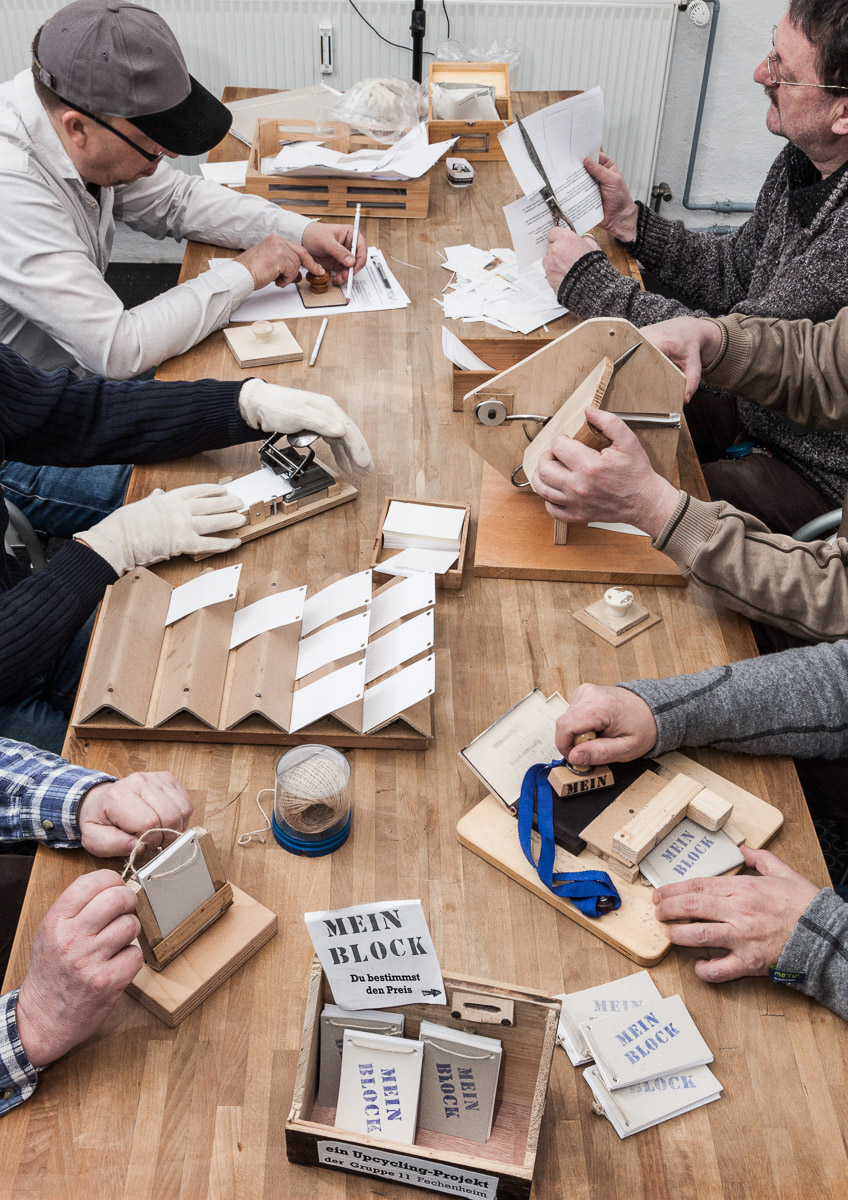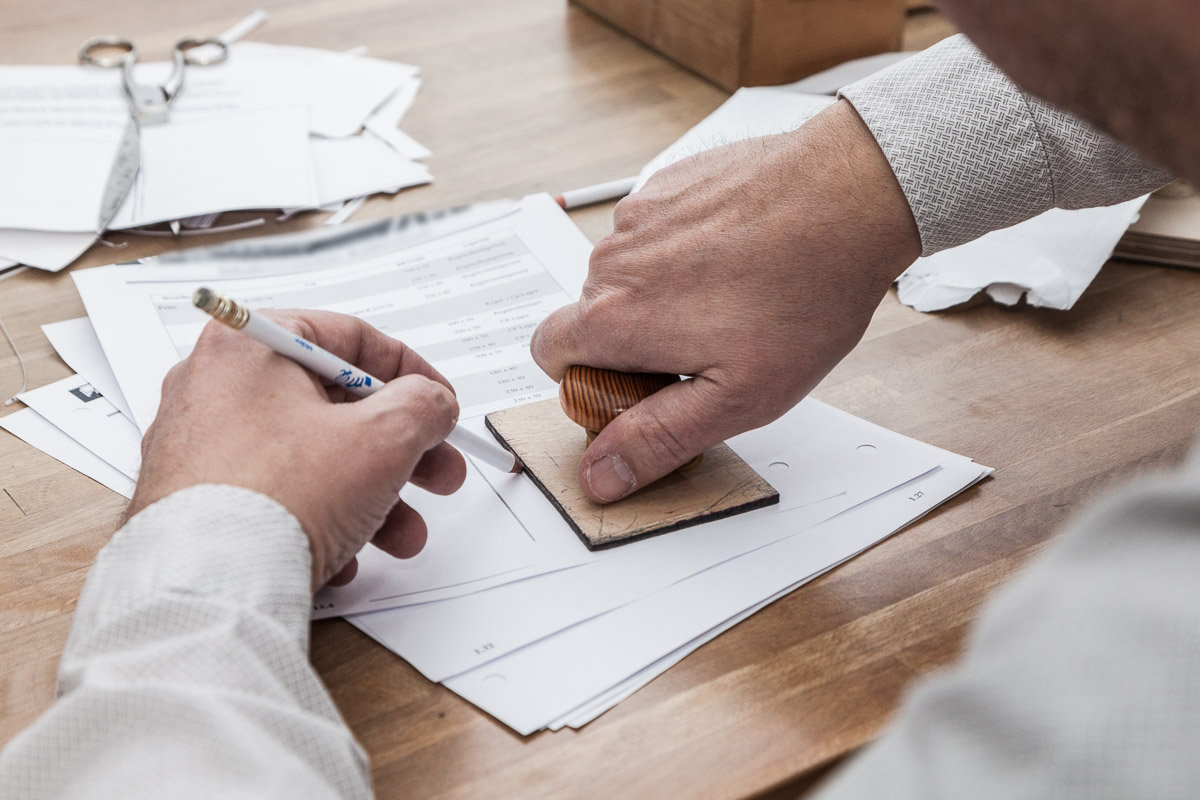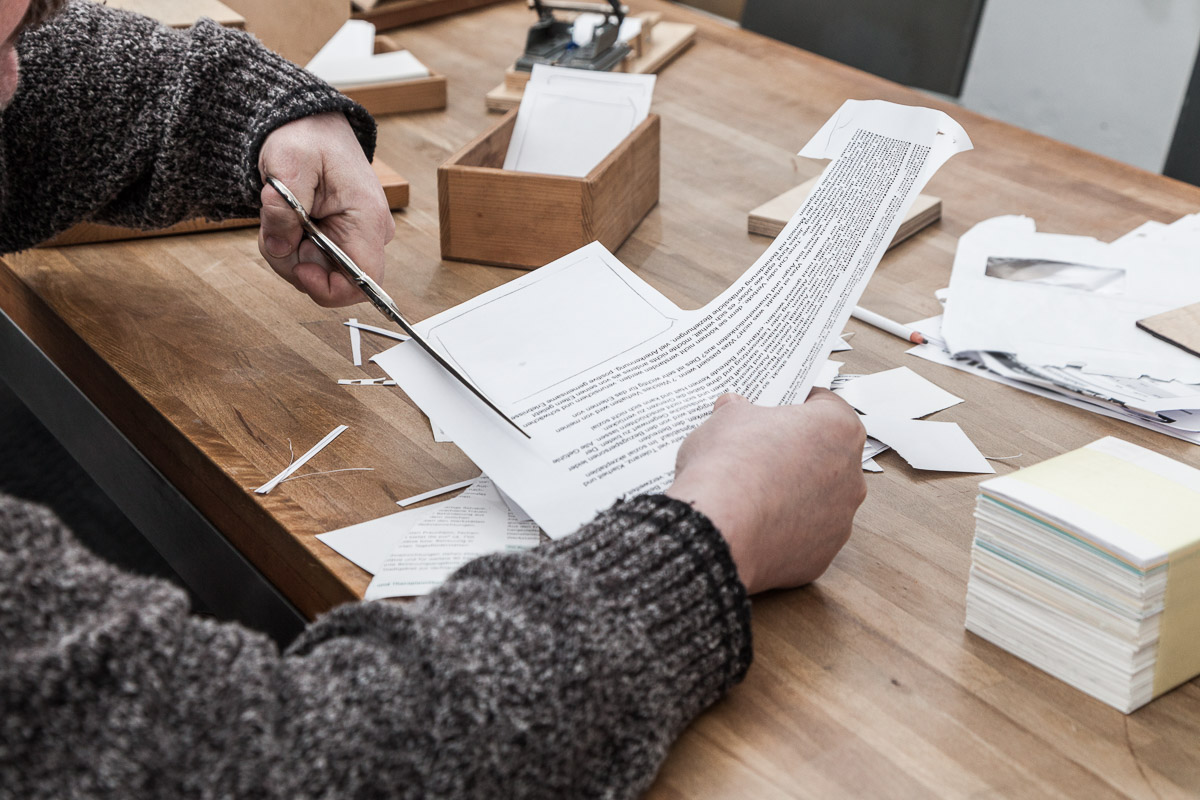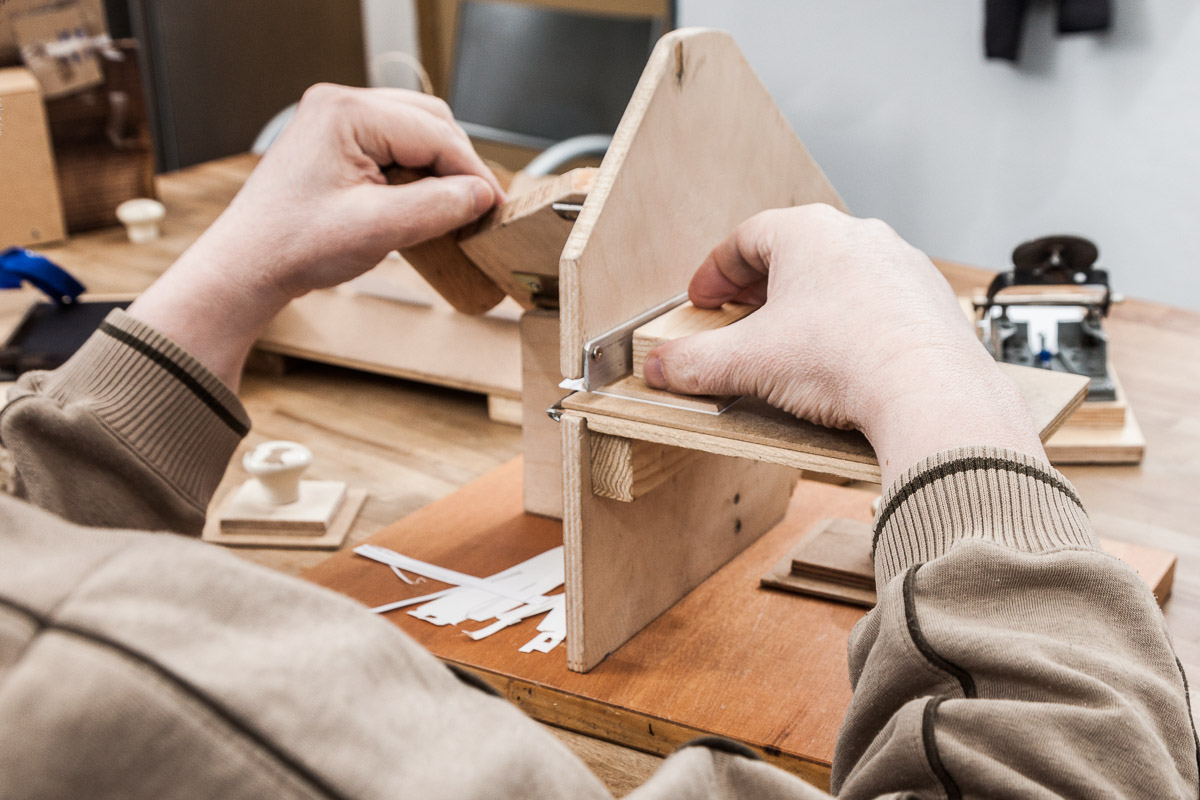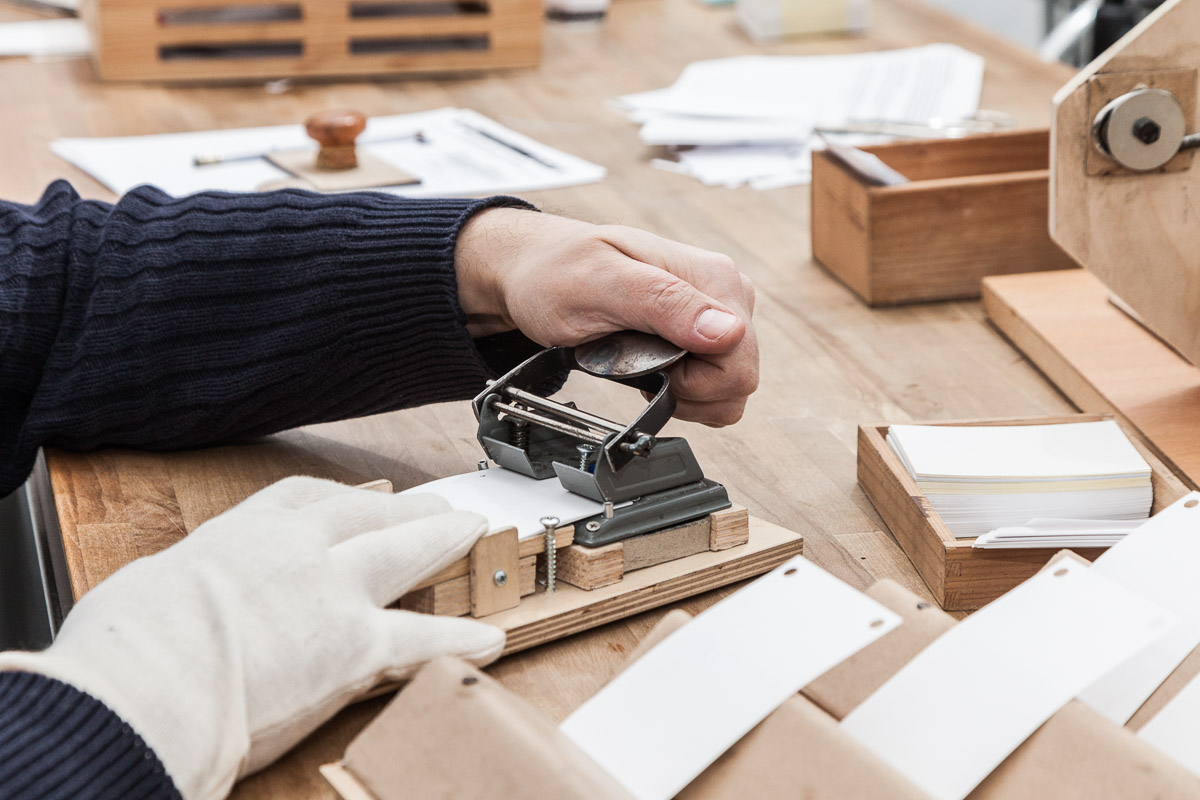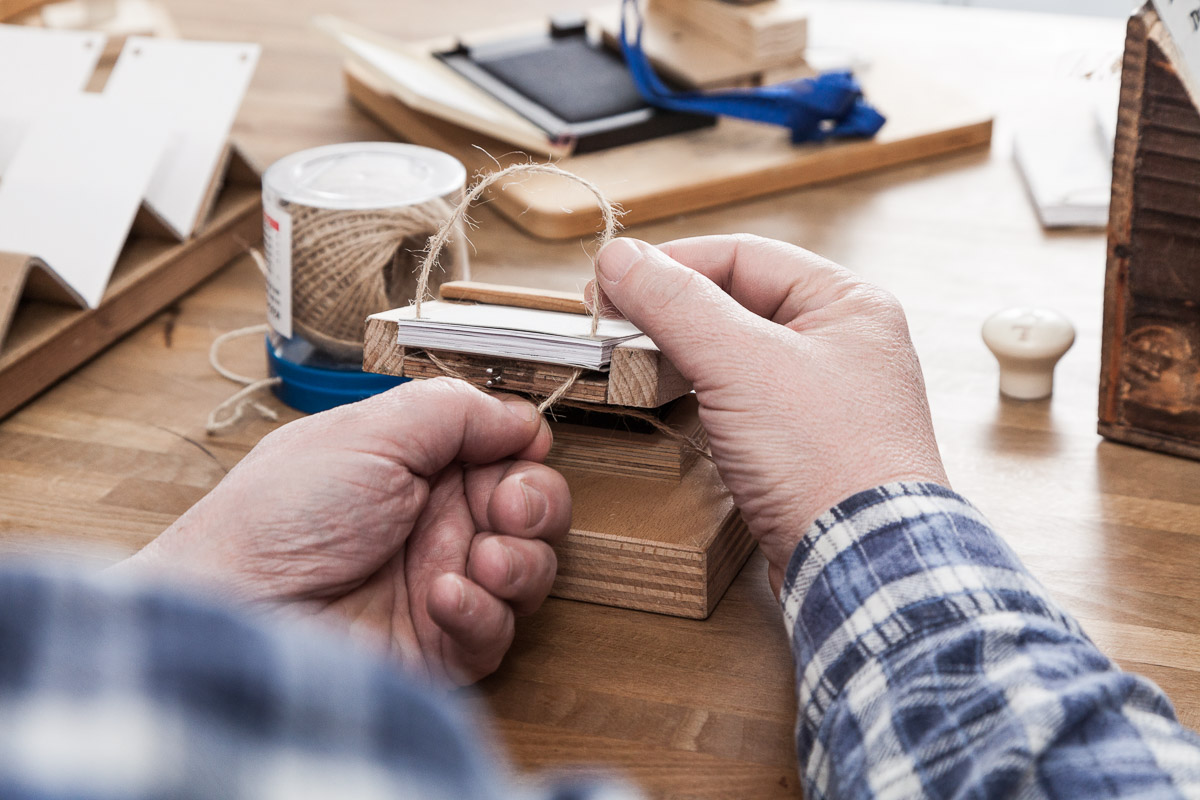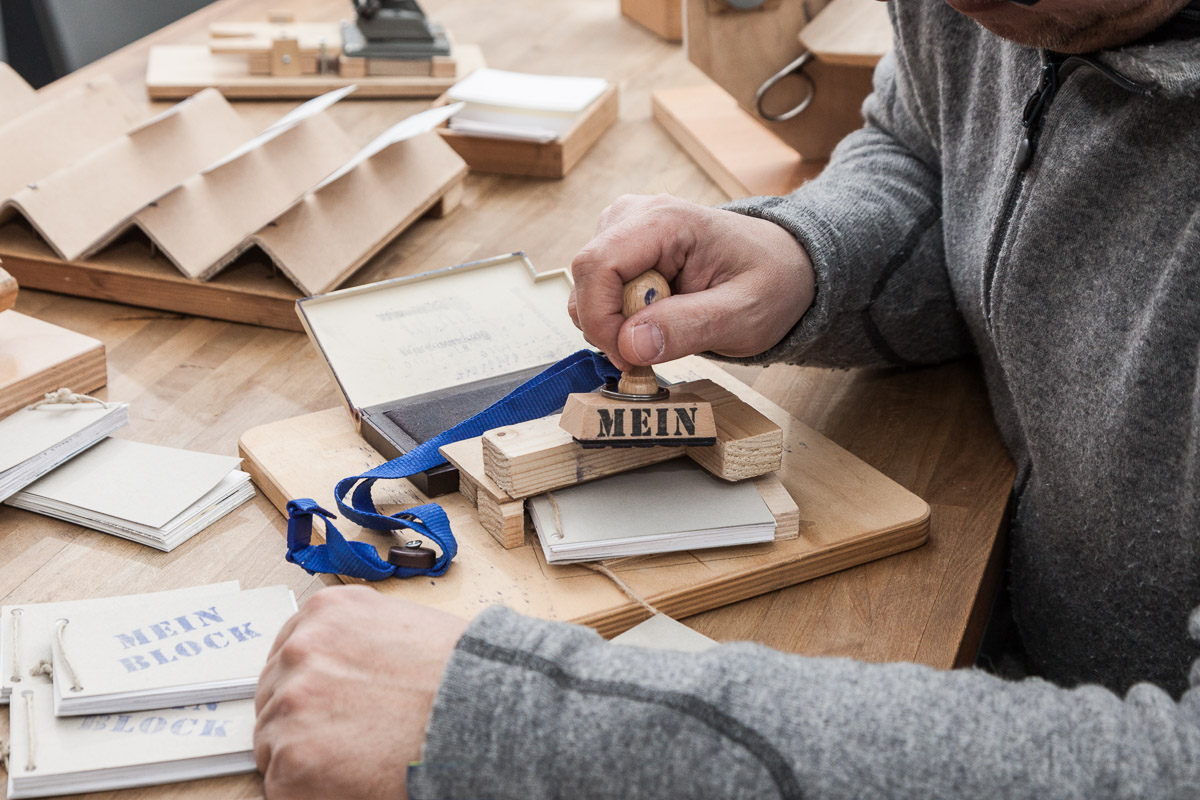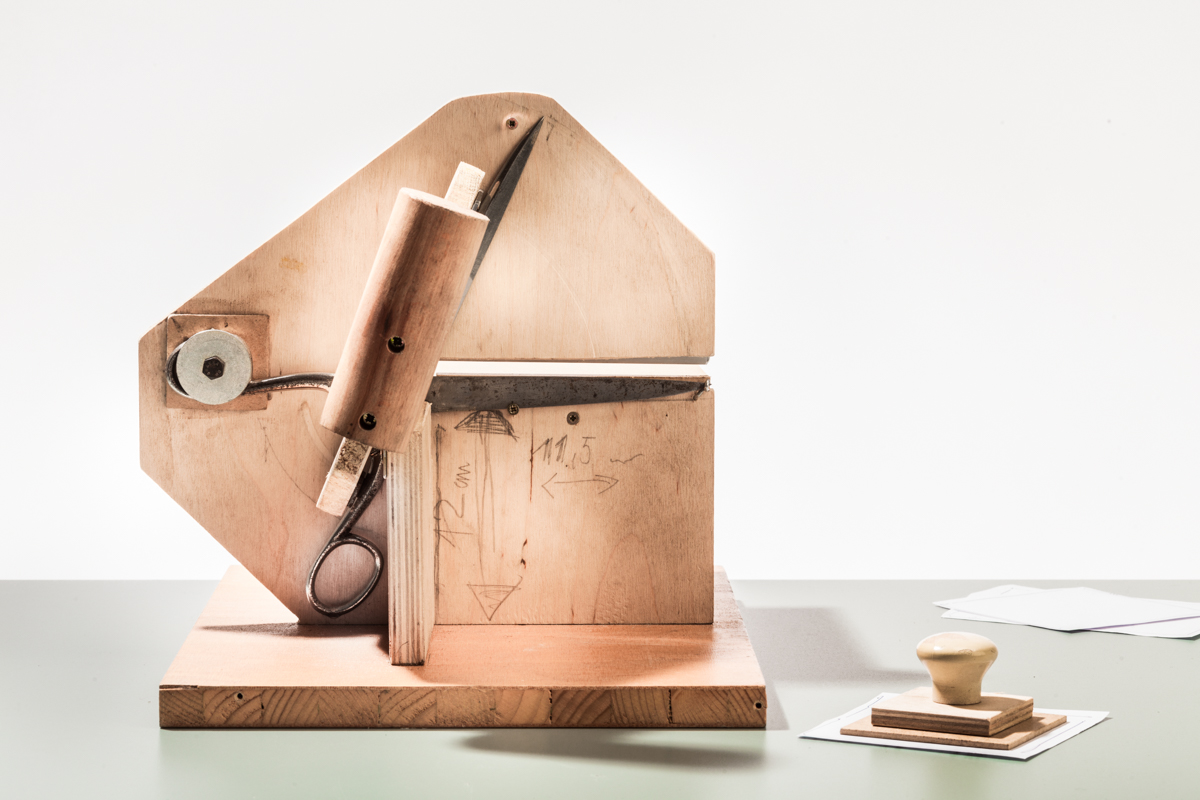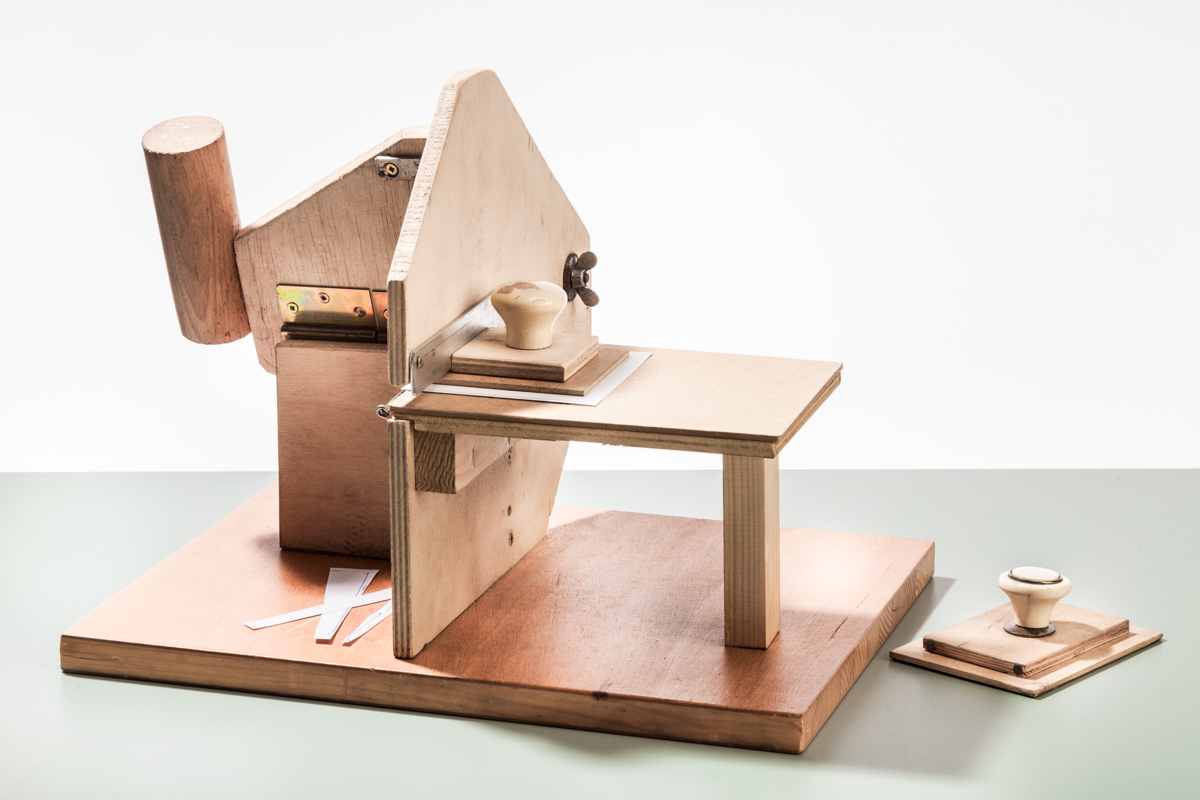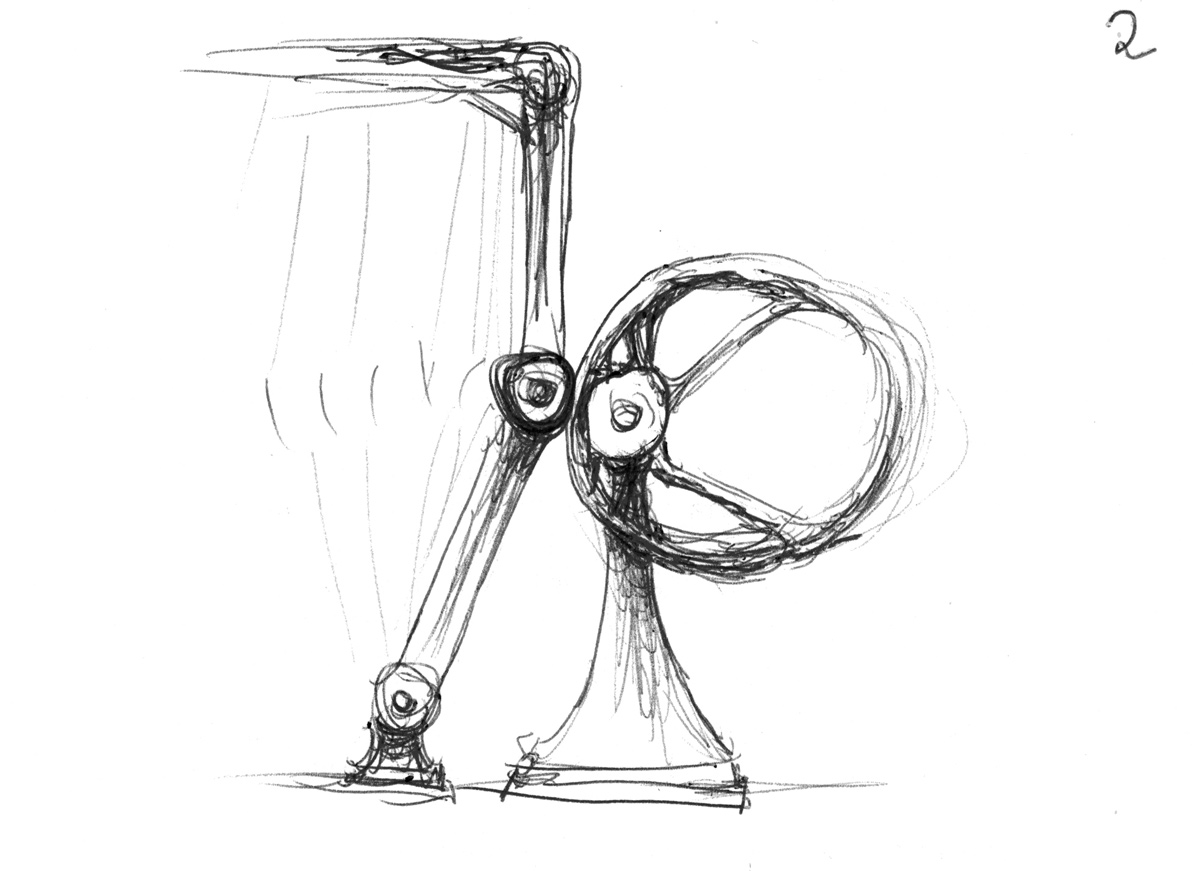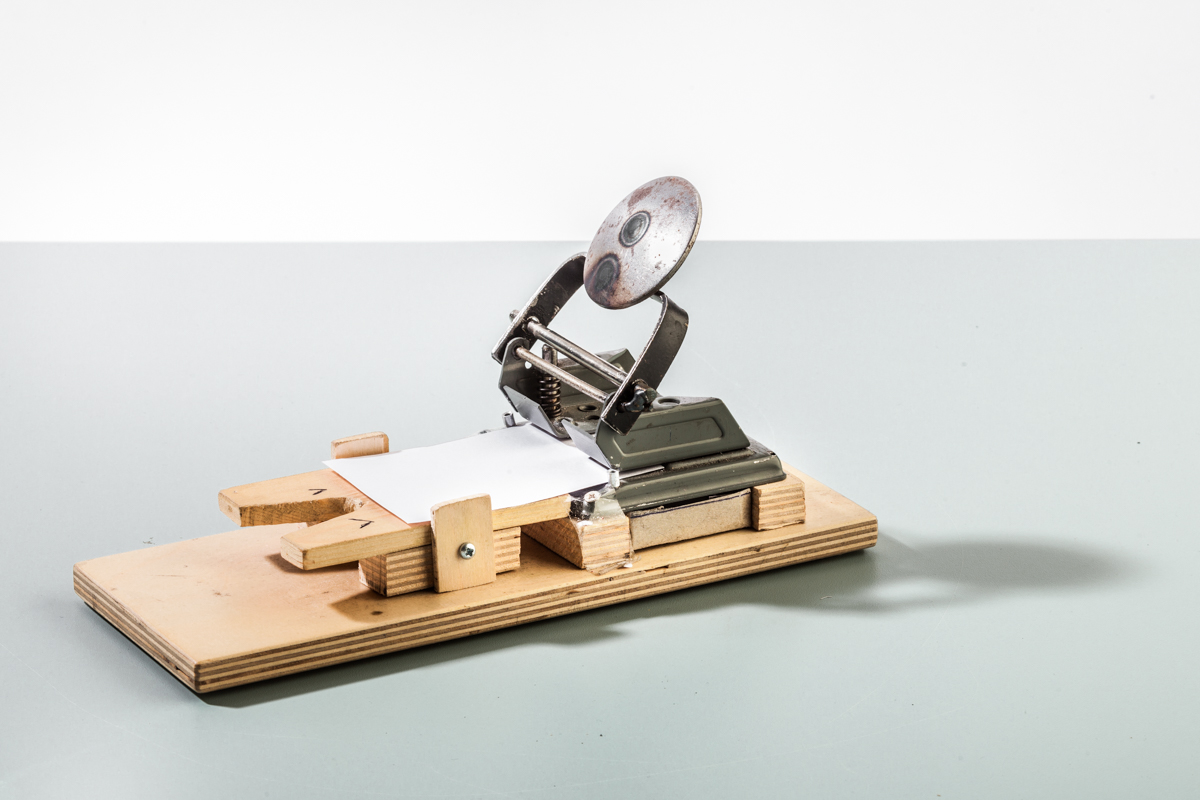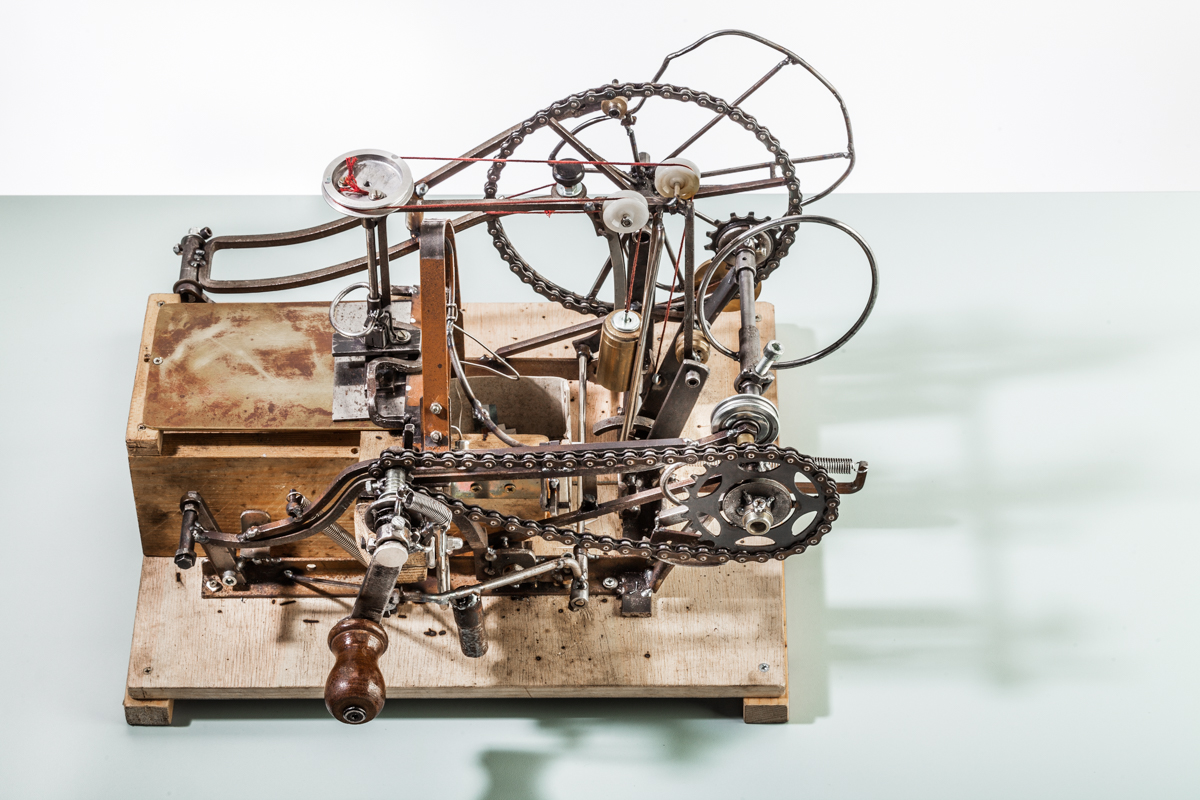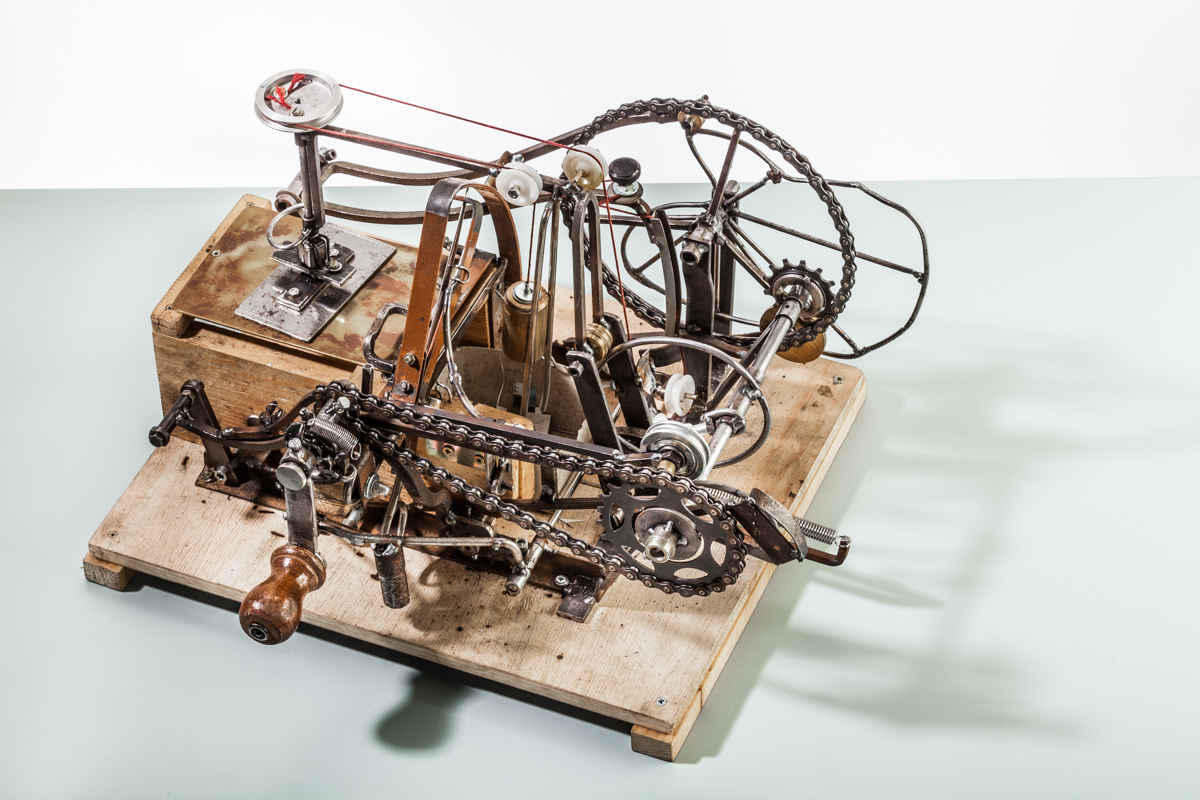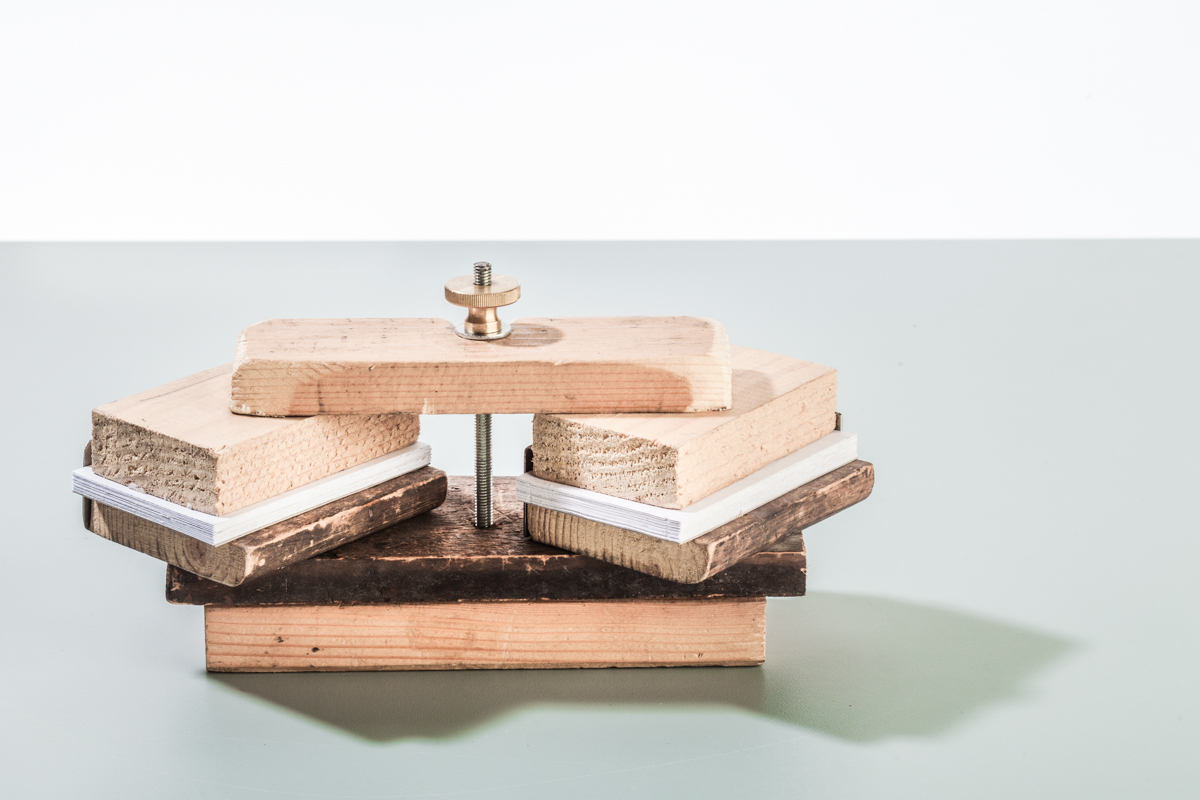Order Pads for Waiters
For many years, my main profession has been working as a training specialist in a workshop for disabled people, helping them participate in the workforce. Part of the work we do is commissioned by companies, but from time to time we also offer project-based practical training. In order to keep offering a wide variety of projects, we are always on the look-out for new topics.
In early 2016, this is how I found a new idea for a project: The proprietor of my favorite café complained that her beverage supplier stopped giving her order pads as advertising give-aways, and that she now had to buy them.
Some people might perceive this a typical annoyance of everyday life, but in my mind it unleashed the following thought process, which I will try to reconstruct here as best as possible: The loss of the order pads for her waiters ultimately means she has an acute need for a large number of single-sided, unprinted, small pieces of paper of the same size (I saw them fluttering before me in my mind).
Using the white space
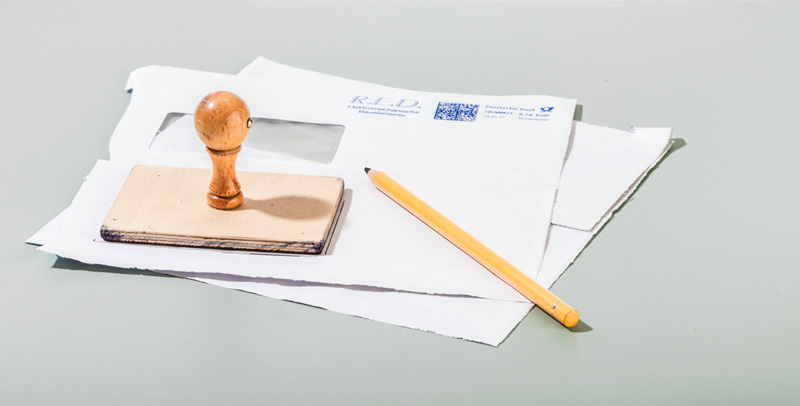
This need for a piece of paper felt familiar to me. I remembered as a child how often I looked around for unprinted spaces in magazines and newspapers to draw on.
This still happens to me today. It drives me crazy if I want to jot down a spontaneous idea on a piece of paper and there’s no notebook within reach. Sometimes I’ll just take something out of the wastepaper basket and recycle it.
My thoughts continued: When I think of the term “scrap paper”, the image of a huge container popped up in my inner eye.
These sought-after note pads can essentially be found in large quantities in the wastepaper container in my company’s courtyard…
I would only need to salvage them.
My idea for the project began to fall into place: “Making order pads for waiters out of recycled paper.”
(Actually, they are notepads, but order pad sounds better.)
One special aspect of this project is that these small, unprinted writing surfaces, the so-called white spaces, also occur on both sides of printed paper. In similar projects, when producing larger writing and painting blocks (for example, at universities), we could only use paper that was printed on one side.
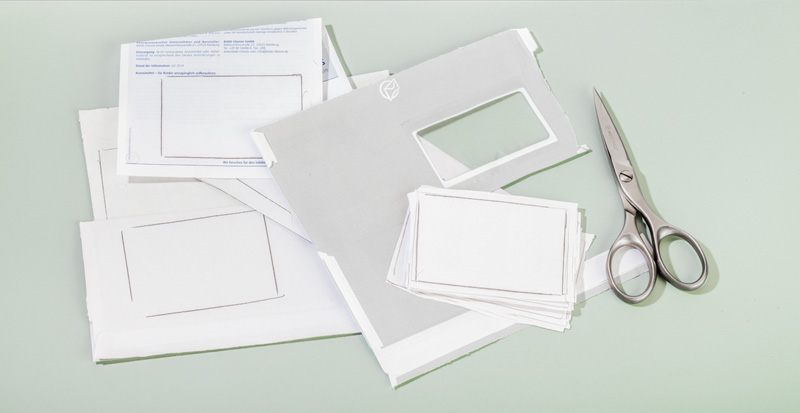
Feedback between machine and human
In order to “free“ these blank areas, a working concept was necessary, as well as a handy tool and special cutting devices. I could now give free rein to my mechanical ambitions by devoting them to this invention. (I must confess, this is an important motivating factor.)
Part of the point of a workshop for disabled people is not about eliminating work, but about helping people to enable, facilitate and structure their work. My invention was to achieve this with a particular mechanism.
By the time I was creating the second version of my “single note slicer machine” (EZSM 2), I made sure it had very visual mechanics. It was important for me that the entire cutting process could be observed directly and understood immediately.
It engages many senses. You can feel it and hear it. A direct feedback takes place between machine and human. This is an important prerequisite to enjoying working with machines. Anything electronic is indirect and does not have this effect.
In the meantime, we can produce note pads of various sizes and variations not only for cafés, but also for any writing, jotting or scribbling need.
